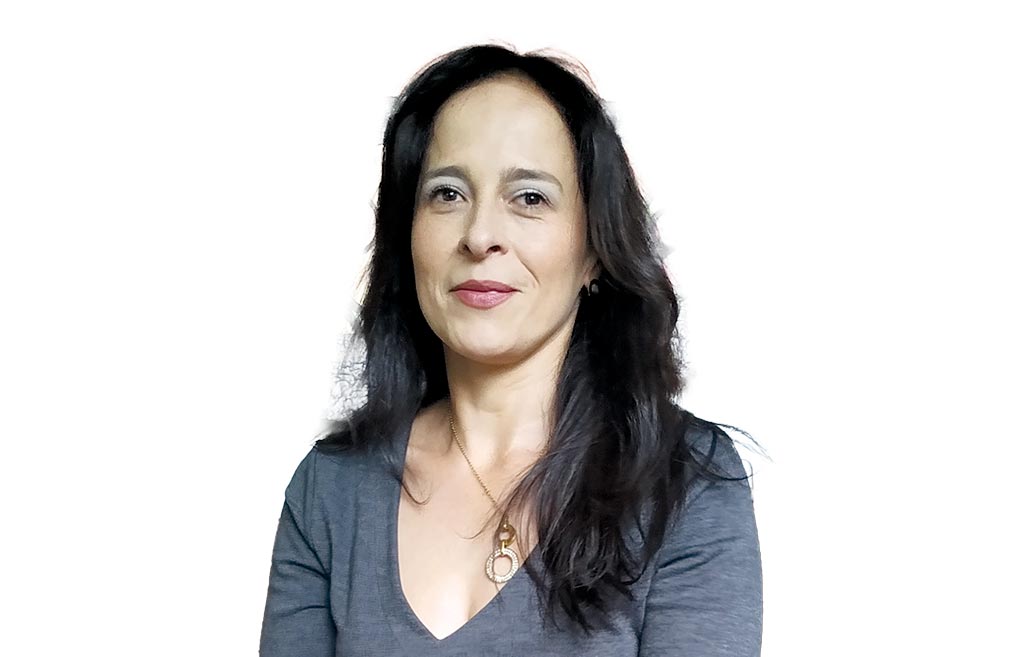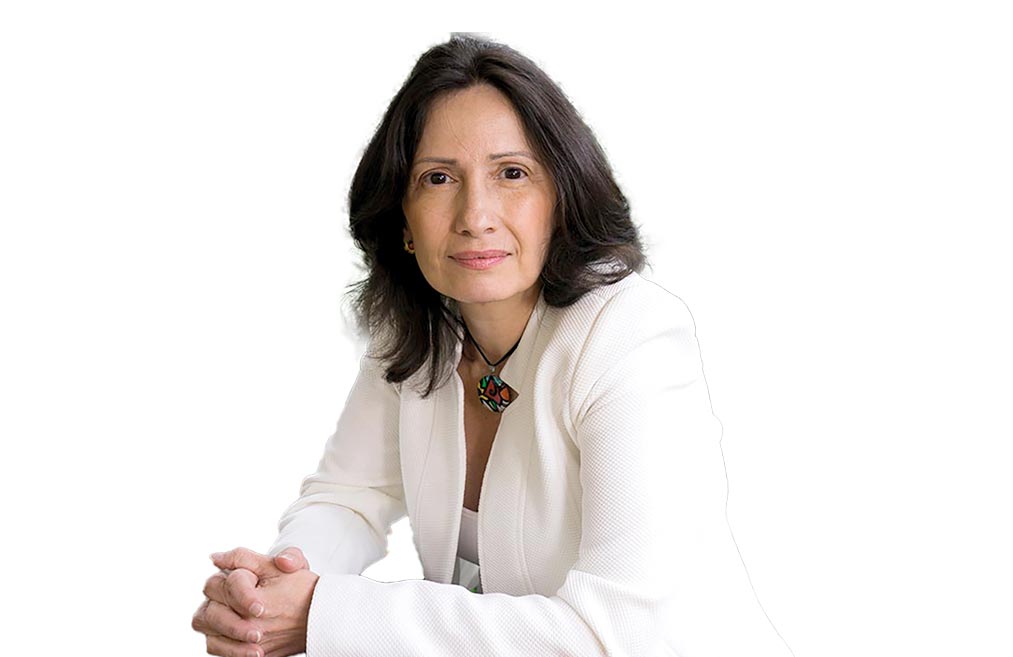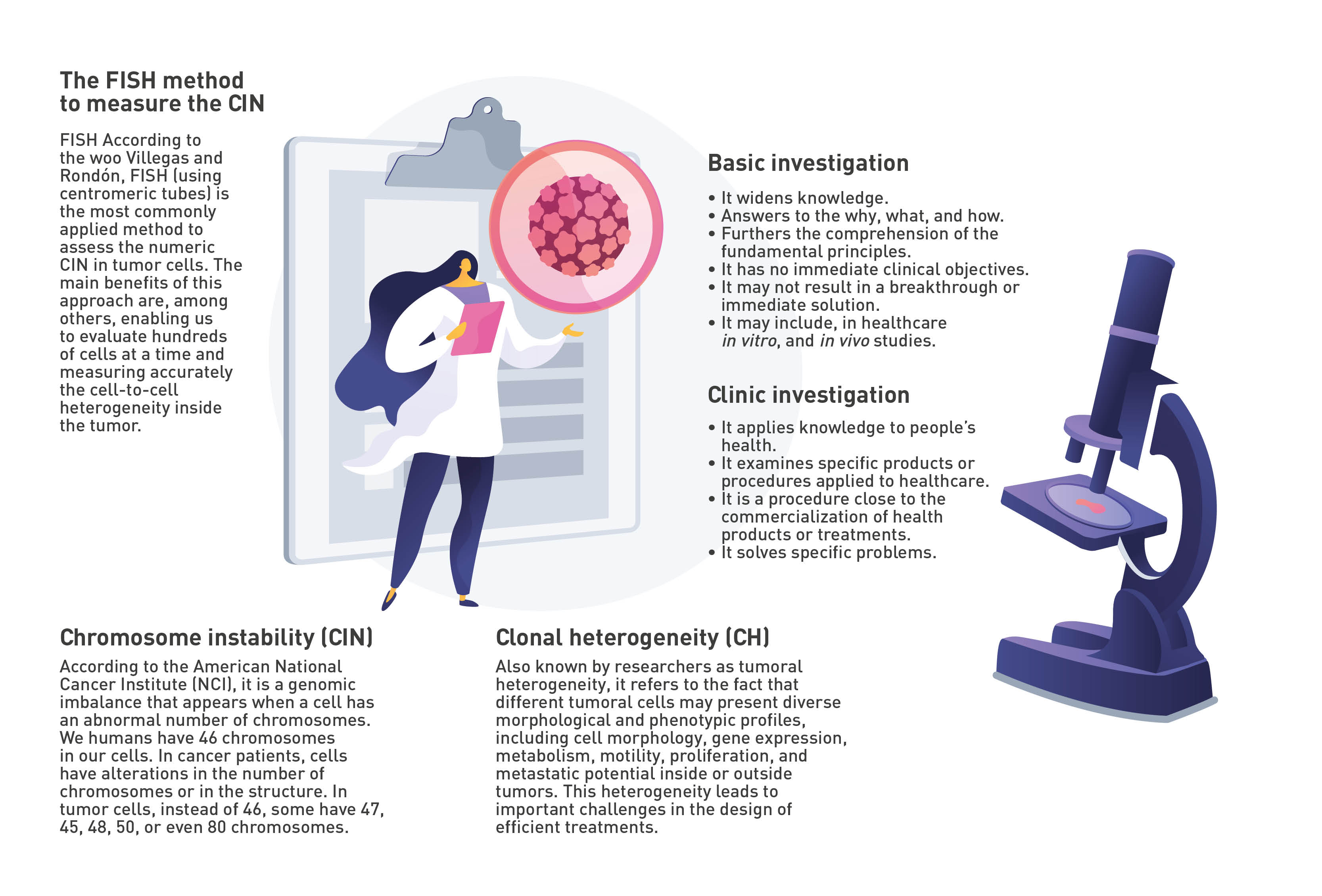Can the success of breast cancer treatments be predicted?
By: Tania Valvuena
Photos:
Health and Wellness

By: Tania Valvuena
Photos:
Acording to the World Health Organization (WHO), in 2020, some 2.3 million cases of breast cancer were diagnosed and 685,000 patients died from this disease.” Likewise, the Pan American Health Organization (PAHO) reported that breast cancer is the most common cancer in women and the second most common cause of mortality in Latin America and the Caribbean.
Based on data from the National Institute of Health (INS), in Colombia, this type of cancer shows the highest incidence and causes the most deaths in the female population. The statistical data also show that approximately 30 percent of patients with earlystage breast cancer relapse after treatment in the same area where it appeared, which demonstrates the resistance to conventional therapies.
With the purpose of providing new approaches to address the recurrence of the disease, a team made up of female researchers with formal studies in biology at Universidad del Rosario and Universidad Pedagógica y Tecnológica de Colombia (UPTC) assessed if the levels of clonal chromosome instability (CIN) and clonal heterogeneity (CH) could affect in some way the response of patients with breast cancer to therapies. The work, titled “Role of chromosomal instability and clonal heterogeneity in the therapy response of breast cancer cell lines,” was published in the journal Cancer Biology and Medicine in December 2020
A therapy resistant disease
According to the Liga Colombiana Contra el Cáncer (Colombian Association Against Cancer), breast cancer comprises the spread of malignant breast cells, leading to an unbridled growth of a tumor within that area, which later has the capacity to invade other organs.
This anomalous behavior may start in different parts of the breast: in the lobules (glands that produce milk), in the ducts (tubes which carry milk to the nipple), and in the connective tissue (the fibrous tissue surrounding and holding all those parts). Most reported types of cancer begin in the first two. When the tumor cells spread to other parts of the body along the blood and lymphatic vessels, the condition is known as metastasis.
The cancer cells forming in the chest area normally produce a tumor that can often be seen through x-ray imaging or can be felt as a mass or lump. If a malignant tumor is found, it is attacked in different ways depending on its type and the dissemination stage.
The usual therapy protocol for patients with this disease may include surgery, chemotherapies, hormonal therapies, biological therapies, and radiotherapies. However, the problem arises when the response is not the one expected.
“Breast cancer is characterized as a very heterogeneous disease; the main limiting factor is the strong resistance or low response to therapies,” declared Victoria Eugenia Villegas to Advances in Science, a professor, one of the authors of the study, and the coordinator of the master course in Natural Sciences of the Faculty of Natural Sciences at U. Rosario.
Seeking solutions in cell lines
To better understand the disease (and its resistance to treatments) from the point of view of the dynamics inside the cell, the researchers chose the cell lines that reflect the four tumor subtypes: Luminal A, Luminal B, HER2 positive, and triple negative. Because it is a diverse or heterogeneous cell medical disease, samples from all the subtypes were required to obtain a broad representativeness.

Sandra Milena Rondón, a cytogenetics, cell biology, and cancer researcher at Universidad Pedagógica y Tecnológica de Colombia’s School of Biological Sciences, noted that a patient with a chromosome instability greater than 70 percent could be treated with a specific therapy allowing her to improve response, while not generating resistance and thus reducing the side effects.
Each of these tumor subtypes is characterized by the presence or a lack of certain proteins, such as estrogen receptors α (ERα) and receptor 2 of human epidermal growth factor 2 (HER2). In that sense, its response to therapies is independent.
“Each person responds differently to therapy, and that is very important for us, because the treatment must be personalized,” Villegas explained.
Different treatments were applied to the tumor cells: hormone endocrine therapy, chemotherapy, target specific therapy (or directed), and combined therapy
The team assessed whether such treatments induced a higher or lower CIN and CH and whether that was related to an increase in tumor cells or, on the contrary, to a higher mortality rate of such cells.
Both consequences aim at diverse responses to therapy because cell growth would indicate resistance to treatment, whereas in the opposite case (the death of tumor cells), it would indicate a favorable response to treatment.
Based on these findings, they concluded that not all tumors respond the same way to treatment, but it depends on the specific features of the cancer.
Depending on the tumor subtype of cancer, some treatments will work betterand others will notenabling the cancer cell proliferation. This response is closely connected to the levels of CIN. Cells that are above and below some thresholds respond to treatment or show some resistance to it, depending on the case.
The researchers analyzed the cell-to-cell CIN variability in the number or structure of chromosomes using the molecular cytogenetics analysis method of fluorescent in situ hybridization (FISH), a technique for visualizing and mapping the genetic material in the cells of an individual.
The methodologies we used in this research allowed us not only to evaluate the CIN cell by cell but also to assess the CH because it is a feature of breast cancer in many cases related to the resistance to treatment,” as stated by Sandra Milena Rondón, a researcher of cytogenetics, cell biology, and cancer of the School of Biological Sciences at the UPTC, who also took part in the study.

Victoria Eugenia Villegas, a professor and the coordinator of the master course in Natural Sciences at the Faculty of Natural Sciences of U. Rosario, explains that each person responds in a different way to therapy and that is the key because the treatment must be personalized.
From the laboratory to the clinic
These findings are an initial contribution for achieving advancements toward better and more effective breast cancer treatments and improving the quality of life of patients suffering from this malady.
Before this method is applied as a real way to predict the success or failure of a treatment, a regular procedure should be followed.
“The next step is to confirm the results obtained in cell lines by studying a group of patients with different tumoral subtypes. The guiding idea is to be able to assess the presence of CIN and CH in these female patients and establish correlations among them, the prognosis, and the response to the therapy,” said Rondón.
The objective is to achieve results in a “gigantic” sample, thinking ahead about predicting the response to the therapies depending on the specific features of each patient. “For instance, a female patient with chromosome instability greater than 70 percent could be treated with a specific therapy allowing her to improve response, while not generating resistance and thus reducing the side effects,” according to the expert.
The study becomes relevant as chemotherapy has side effects affecting both tumoral and normal cells, which range from nausea and vomiting to losing red blood cells and hair. By gaining an insight into clone heterogeneity, we could generate much more accurate personalized therapies for the better wellbeing of patients
El estudio es relevante tomando en cuenta que la quimioterapia tiene efectos secundarios que afectan tanto células tumorales como normales, que van desde náuseas y vómitos hasta pérdida de glóbulos rojos y cabello. Comprender la heterogeneidad clonal nos permitiría generar terapias personalizadas mucho más precisas para un mayor bienestar de los pacientes.
Both Villegas and Rondón emphatically cleared up that they are not physicians, but they deal with interpreting biological phenomena. “The basic investigation is fundamental for application in the clinic afterward to widen our knowledge of cancer biology and improve the quality of life of patients suffering from this disease,” Rondón concluded.
The basic and clinic investigations are equally important because both favor upgrading the knowledge aimed at improving the quality of life,” Villegas underlined.
A latent and massive problem
Life quality, repeatedly mentioned by the researchers, is a highly relevant concept. It is worth indicating that the WHO counted, by the end of 2020, 7.8 million women who had been diagnosed with breast cancer in the five previous years and were still alive, which makes this type of cancer the most prevalent in the world and that many women face, at this moment, treatments.
It is estimated that, on a global scale, the “years of potential life lost” (YPLL) due to this disease in women suffering from breast cancer outnumber the years calculated for any other type of cancer. Breast cancer affects women at any age after puberty in all countries around the world, but the rates increase in their adult lives.
